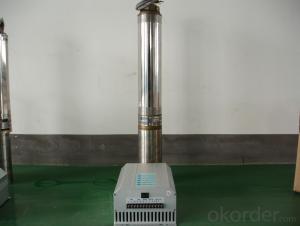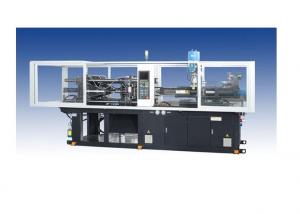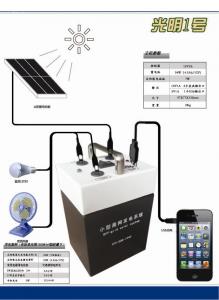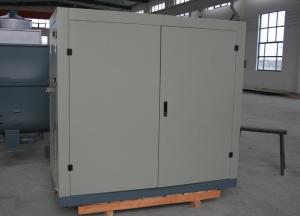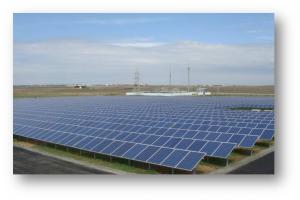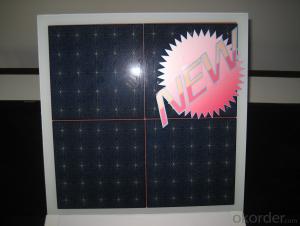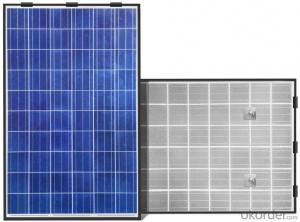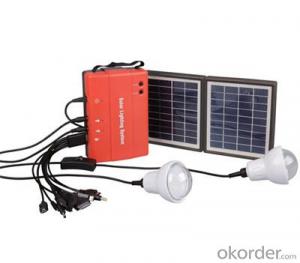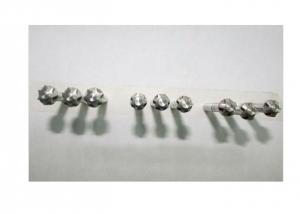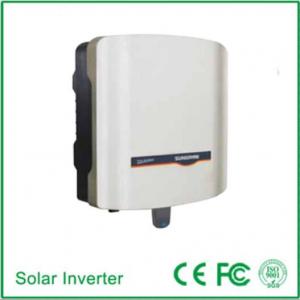Solar Small Inverter
Solar Small Inverter Related Searches
Small Solar Inverter Small Solar Panel Inverter Solar Solar Inverter Solar Micro Inverter Solar Mini Inverter Solar System Inverter Sun Solar Inverter Micro Inverter Solar Micro Solar Inverter Solar Electric Inverter Solar Light Inverter Sunshine Solar Inverter Solar Panel Mini Inverter Solar Inverter Mini Solar Hybrid Inverter Solar Sma Inverter Inverter Solar Solar Smart Micro Inverter Solar Inverter System Solar Cell Micro Inverter Solar Inverter Inverter Solar Module Inverter Solar Energy Inverter Small Solar Inverter Price Solar Micro Inverter System Solar Photovoltaic Inverter Solar Smart Inverter Solar Plant Inverter Mini Inverter Solar Solar Home InverterSolar Small Inverter Supplier & Manufacturer from China
Solar Small Inverters are compact and efficient devices designed to convert the energy generated by solar panels into usable electricity for various applications. These inverters play a crucial role in the solar energy system, ensuring that the power generated is compatible with the electrical grid or the devices that need to be powered. They come in different sizes and capacities, catering to the needs of residential, commercial, and industrial consumers.The application of Solar Small Inverters is extensive, as they can be used in a variety of scenarios where solar energy is harnessed to power homes, businesses, and even remote locations. They are particularly useful in off-grid systems, where they convert the direct current (DC) generated by solar panels into alternating current (AC) that can be used by standard electrical appliances. Additionally, they are employed in grid-tied systems to feed excess solar power back into the grid, helping to reduce electricity bills and contribute to a sustainable energy future.
Okorder.com is a reputable wholesale supplier of Solar Small Inverters, boasting a large inventory that caters to the diverse needs of customers worldwide. With a commitment to quality and customer satisfaction, Okorder.com offers a wide range of inverters from top manufacturers, ensuring that buyers have access to reliable and efficient products. Whether it's for a small residential setup or a larger commercial project, Okorder.com is the go-to source for Solar Small Inverters, providing competitive prices and excellent service.
Hot Products
